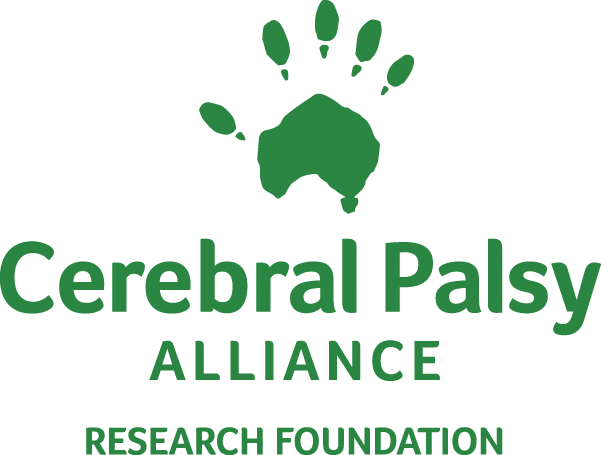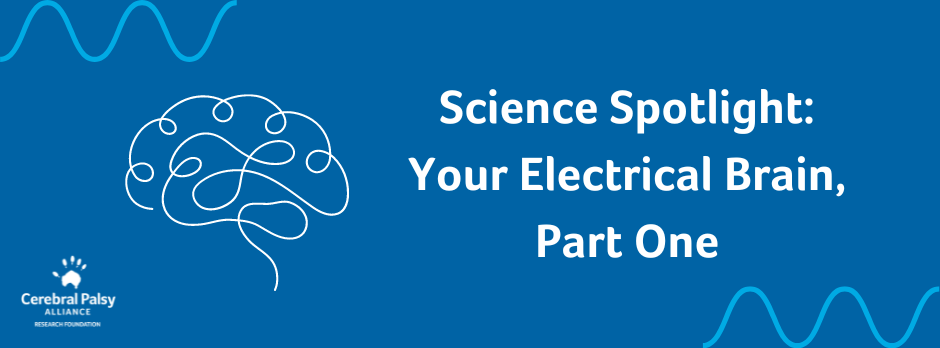
Finding Fitness You Enjoy
By Todd Williams*
The GIST: Find your personal “why” for being active and let that motivate you to exercise more than you already are. Get a workout buddy to make it fun and keep you accountable. Incorporate workouts into your hobbies or your workdays.
THE LONGER READ: If you loathe the exercise you’re doing, it probably won’t become something you do often and you’ll miss out on all of its long-term benefits.
FIND YOUR “WHY” FOR BEING ACTIVE.
I do this with my patients every day. If I can’t connect their “why” to their exercise prescription, they won’t do the work.
Why are you exercising? Each person can have a different answer. It can be health-related. You might want to increase your energy levels, decrease your pain, lose weight, or increase your probability of staying mobile and independent during the later stages of your life. Your “why” could be based on a specific event like a wedding, an upcoming trip, or participating in a marathon. Having a clear motivation for your movement brings purpose to your fitness — and that purpose will make your fitness routine more enjoyable.
GET CURIOUS ABOUT YOUR MOVEMENT!
I tell this to the majority of my patients because our bodies are a use-it-or-lose-it system. A quick story how this works and how it may inspire you to move. Neuroscientist Edward Taub researched learned non-use and changed the way the scientific community views the brain.
Taub found that people who’ve experienced a stroke develop learned non-use. During the recovery process, people relied on their unaffected side and performed everyday tasks in a new way because it was easier than trying to use their affected side.
Taub performed an experiment where he didn’t let people use their unaffected side for these tasks — and he forced them to use their affected limbs. After several weeks of this, individuals drastically improved their abilities. And he discovered that when we stop doing a movement because it’s hard, we’re less likely to ever do it — and we’ll eventually lose our ability to. He named this the principle of learned non-use.
Being curious about your movement is so important because this allows you to experiment and use your body in novel ways and increases the likelihood that you’ll keep as much of your mobility as possible.
Look at how you currently move and implement a plan to improve that part of your mobility. This can be as simple as wanting to walk farther than you do now. Or running for longer distances or at a faster pace. Nailing that yoga pose you saw on Instagram.
New movement may lead you to activities that you’ll come to love and wouldn’t have found otherwise. It’ll help you set goals, too: Envision how you want “future you” to move. Do you want to move with more poise? Or maybe you’d rather move with more strength? Keep that goal in mind and build a fitness plan around it.
MAKE IT SOCIAL
Having someone to workout with makes it much more enjoyable and gives you accountability. You might not enjoy the exercise itself, but if you’re doing it with friends, it’ll help you strengthen your relationships while you strengthen yourself.
You could find one or two workout partners to join you on your fitness journey. You could also join a group fitness class and connect with an established community. I personally find it helpful to add the social element, but as a traveler, I don’t always have people around me who want to join in.
One thing that has helped me make fitness social is through my watch. I follow two of my friends from graduate cohort that use the same watch as I do. In school we would workout together every week but since graduating we have each gone our separate ways. Every time one of us completes a workout it sends a summery to the other two about the workout. Each of us can also check in with each other throughout the week to see if we are all keeping up. It has definitely made even my solo workouts more enjoyable knowing it is one more way I get to connect with good friends
GET CREATIVE
Fitness doesn’t only happen in the gym. It happens on the road, on the trail, in the living room, and on your daily commute. You can pair it with things you already participate in. Do you enjoy photography or painting? Pick up hiking and get some miles in to get that perfect picture. Commute to work? Try walking, riding a bike, or propelling in your wheelchair. Spend the majority of the day in a seated position? look into getting a standing desk or stander to increase your time in a standing position. The point is to connect fitness with something you already love and reap the benefits.
Our bodies are set up for motion. Our brain, muscles, bones, and joints crave mobility. When we’re involved with physical activity, our body rewards us with a whole host of benefits. Working out consistently will release feel-good hormones, too. And when we find joy in fitness, it’ll help us take full advantage of a life lived on the move.
STEPtember to Remember: Blogging It Out is a series by Todd Williams, CPARF’s STEPtember Fitness Ambassador. Todd is a traveling physical therapist who’s training for the 2019 New York City Marathon — and he has cerebral palsy. The posts featured in this series showcase his personal perspective.
*This blog series doesn't constitute professional medical advice. Only you and your doctor know what's best for you, so please consult your doctor for medical advice. This blog series also shouldn't be read or construed to contain any medical advice or medical endorsement by Cerebral Palsy Alliance Research Foundation.
Thu 11 Apr 2024
In the first part of our newest Science Spotlight blog, learn how scientists can harness electricity to help with movement disorders that sometimes accompany cerebral palsy.
Thu 04 Apr 2024
Check out the final part of Rindi and Soren’s story.



